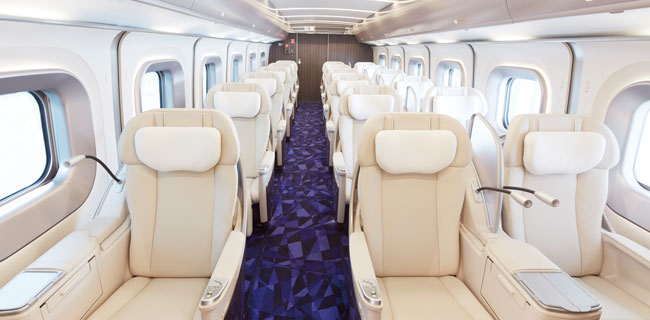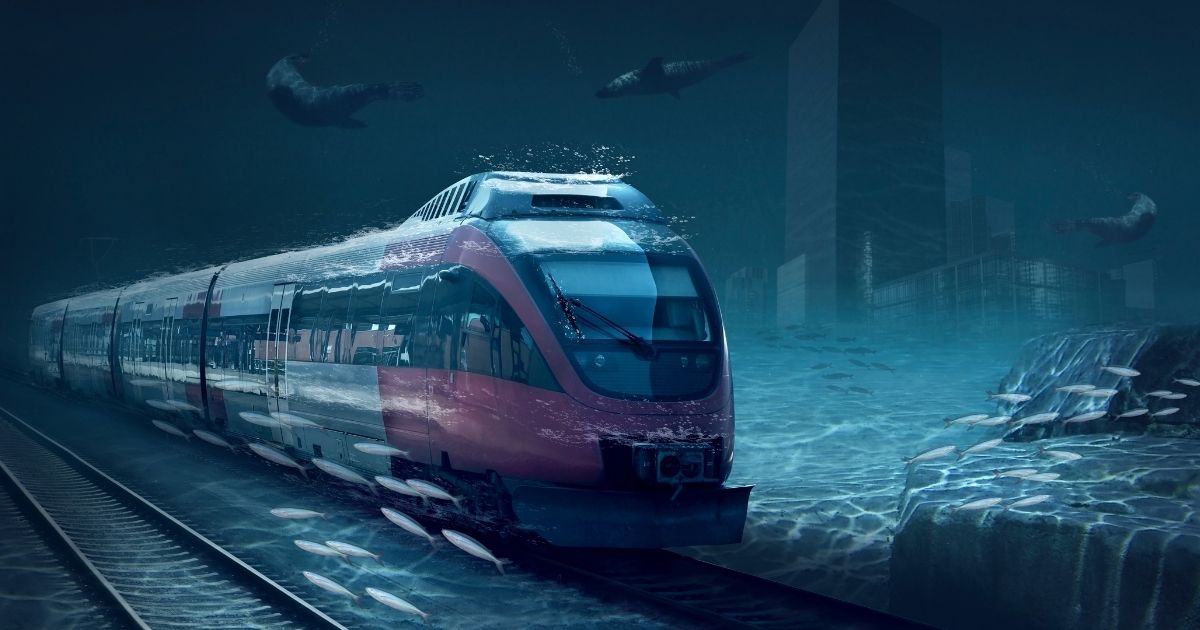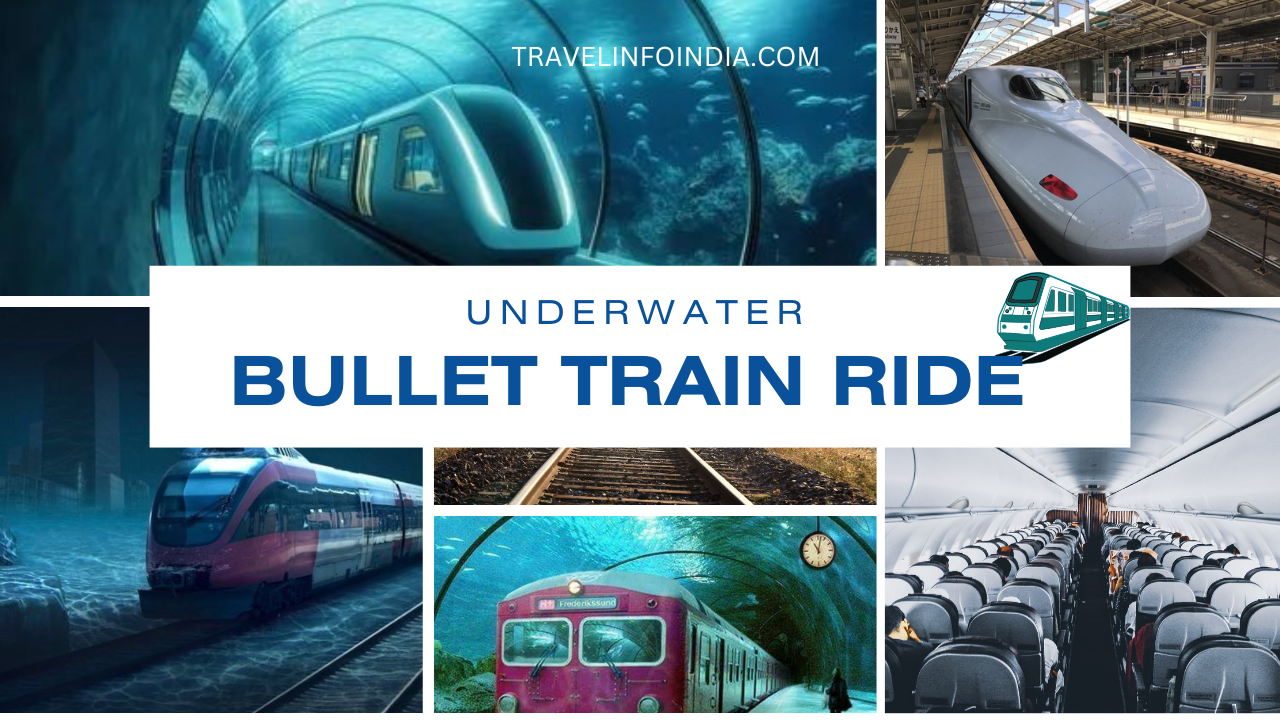Underwater Bullet Train Ride 260 km/h
ocean depths aboard a train — a thrilling blend of cutting-edge tech and underwater wonder. While true underwater bullet train rides like Japan’s Chuo Shinkansen maglev are futuristic and pricey, budget travelers and curious explorers don’t need to miss out on underwater train-like experiences!

In this blog, discover how you can experience underwater or submarine train rides and related attractions for under ₹2,000, including where to go, how much it costs, and tips to enjoy the ride without breaking the bank.
What’s an Underwater Bullet Train Ride?
While true high-speed bullet trains beneath the sea remain mostly in development, there are underwater-themed train rides, submarine tours, and underwater tunnels around the world that simulate underwater travel experience at affordable prices.
These rides let you see marine life and explore the ocean’s depths without scuba gear — perfect for families, tourists, and budget travelers!

Riding the World’s Fastest Underwater Bullet Train in Japan
Japan, the undisputed pioneer in high-speed rail, has taken yet another bold step into the future with the world’s fastest underwater bullet train. Zipping through an ocean tunnel deep beneath the sea, this engineering marvel blends cutting-edge speed with the magic of undersea travel — all while keeping passengers comfortably unaware that they are beneath the ocean.
So what is it really like to ride the fastest underwater bullet train in Japan? Let’s dive in.
The Hokkaido Shinkansen: A Speedy Journey Through the Deep
The train in question is part of the Hokkaido Shinkansen, a high-speed rail line that connects Aomori on Japan’s main island of Honshu to Hakodate on the northern island of Hokkaido. To get there, the train passes through the Seikan Tunnel, the world’s longest operational undersea tunnel.
-
Seikan Tunnel Length: 53.85 km (33.5 miles)
-
Undersea Section: 23.3 km (14.5 miles)
-
Depth: Around 240 meters (787 feet) below sea level
-
Train Speed: Up to 260 km/h (161 mph) — the fastest for any train traveling through an undersea tunnel
Although bullet trains are a common sight in Japan, the fact that this one dives under the ocean sets it apart from any other rail journey in the world.
Inside the World’s Fastest Underwater Train
When you board the Hokkaido Shinkansen, you immediately notice the hallmarks of Japanese design: clean lines, punctual schedules, comfortable seating, and whisper-quiet cabins. The train consists of several cars with reserved and non-reserved seating, vending machines, power outlets, and even space for large luggage.
For most of the ride, you’ll pass through rural countryside and scenic mountain areas. But as the train approaches the tunnel entrance, there’s an announcement alerting passengers: “We are now entering the Seikan Tunnel.”
During this time, passengers can enjoy onboard entertainment, read, work, or simply sit in awe thinking about the mass of ocean sitting above them.


How To Visit Japan’s Underwater Bullet Train
Underwater Bullet Train Ride 260 km/h
-
Route & Tunnel Info:
Ride the Hokkaido Shinkansen from Shin-Aomori Station (Honshu) to Shin-Hakodate-Hokuto Station (Hokkaido). The train passes through the Seikan Tunnel, the longest undersea tunnel in the world. -
Duration:
The full journey takes about 1 hour, with roughly 25 minutes spent traveling underwater through the tunnel. -
Ticket Cost:
-
Ordinary Class (reserved seat): ¥11,000–¥13,500 JPY (~$75–$95 USD)
-
Green Car (First Class): ¥15,000–¥18,000 JPY (~$100–$125 USD)
-
Free seating (limited): Slightly cheaper if available
Prices vary by season, time, and seat class.
-
-
Where to Book:
-
Online via JR East website or third-party platforms like Klook or Japan Travel
-
At JR ticket counters or vending machines in Japan
-
Use the Japan Rail Pass (especially for tourists planning to travel multiple routes)
-
-
Japan Rail Pass Option:
The ride is fully covered by the JR Pass (including reserved seats), making it a great deal for tourists. The 7-day pass costs around ¥50,000 JPY (~$330 USD) and offers unlimited Shinkansen travel. -
Best Time to Go:
Spring (cherry blossoms) or winter (snow in Hokkaido) offer scenic contrasts between regions. The train ride is fast and seamless in any season. -
Travel Tips:
-
Reserve seats in advance, especially during peak seasons (April, August, December).
-
Arrive 15–20 minutes early at the station for boarding.
-
Bring snacks or bento boxes — some trains don’t have food service onboard.
-
Use Google Maps or Hyperdia for real-time route planning.
-
Consider staying in Hakodate for fresh seafood and historic sights!
-
-
Nearby Attractions:
-
Hakodate: Night view from Mount Hakodate, red brick warehouses, and fresh seafood markets
-
Aomori: Nebuta Museum, apple orchards, and beautiful rural landscapes
-
Why Go Underwater?
Japan’s geography — mountainous and surrounded by sea — makes large-scale surface transport a challenge. Connecting the northern island of Hokkaido with the rest of Japan was a priority for both economic and strategic reasons.
Japan’s underwater bullet train is more than a transportation breakthrough — it’s a symbol of human ingenuity. It combines precision engineering, environmental consciousness, and a touch of adventure, all moving at the speed of a jetliner.
While it may look like an ordinary train ride on the surface, knowing you’re traveling hundreds of feet beneath the ocean — at speeds most trains never reach — turns it into something unforgettable.
So next time you’re in Japan, hop on the Hokkaido Shinkansen, and take the plunge beneath the sea. It’s not just a ride — it’s a journey through the future of travel.
https://en.wikipedia.org/wiki/Seikan_Tunnel
Underwater Bullet Train Ride 260 km/h
What is Japan’s underwater bullet train?
A: It’s the Hokkaido Shinkansen, a high-speed train that travels through the Seikan Tunnel, the world’s longest undersea tunnel, connecting Honshu to Hokkaido.
Is the train actually underwater?
A: Yes — it runs through a tunnel built under the ocean floor, about 240 meters (787 ft) below sea level. You’re not in water, but you’re beneath the seabed.
How long is the underwater section?
A: The Seikan Tunnel is 53.85 km (33.5 miles) long, with 23.3 km (14.5 miles) of it under the sea.







[…] Underwater Bullet Train Ride 260 km/h […]